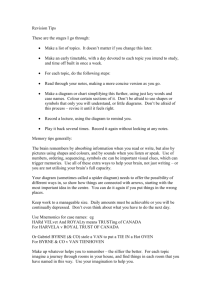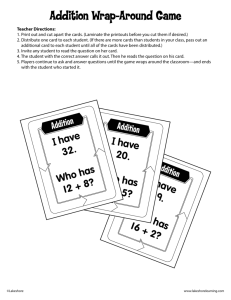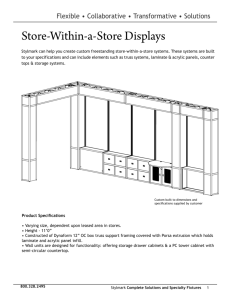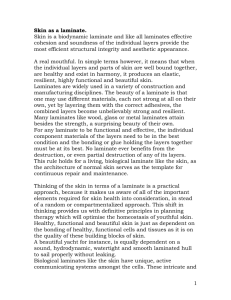8 Kitchen Laminated Wortops
advertisement
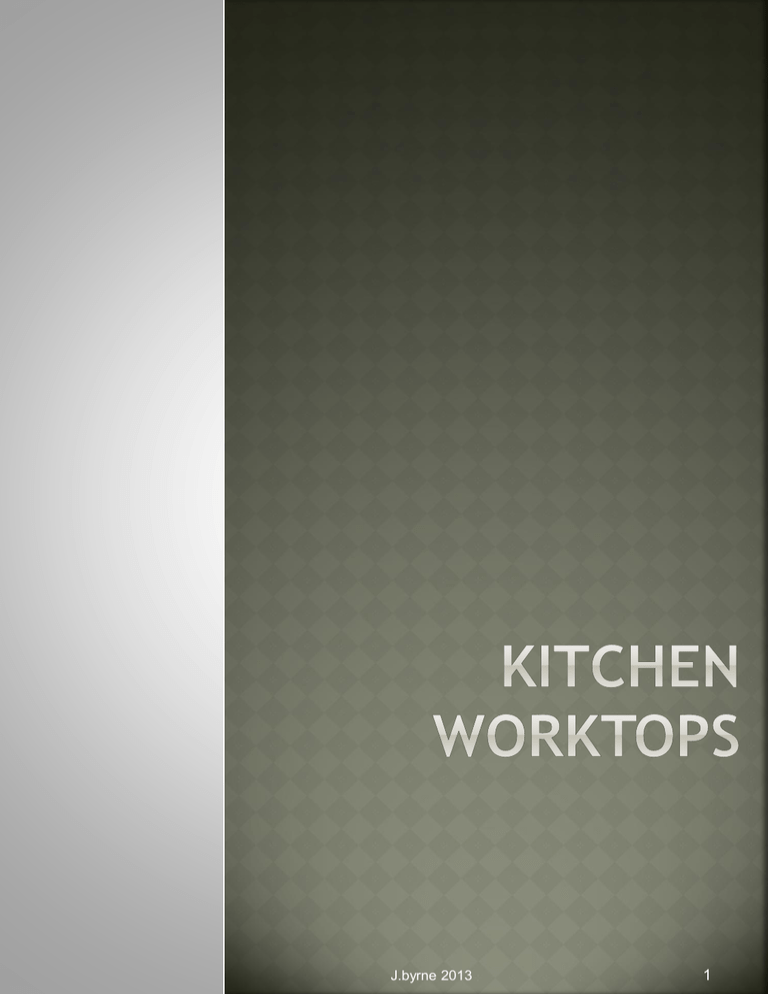
J.byrne 2013 1 J.byrne 2013 2 Plastic laminate is one of the most frequently used countertop surface materials. Plastic laminate is durable, affordable, and available in a wide variety of patterns and colours. After the Formica Corporation was founded in 1913, plastic laminate was used mainly in the electrical industry as an insulator, in cars and radios, and then later for furniture. J.byrne 2013 3 Most countertops have either square or rolled edges, but the edges may also be bevelled or have materials such as wood, solid surface materials, or metal incorporated into them J.byrne 2013 4 Plastic laminate countertop choices are almost limitless. There are dozens of colours. Patterns are available to mimic wood, stone, metal, or even leather. The surface finish may be smooth, textured, glossy, or matt. http://www.countertop.com/ Chipped Chocolate J.byrne 2013 Oak Mill Oak 5 Formica Deco Metal is a high pressure laminate that incorporates authentic metal (bronze, aluminium, stainless steel, copper or tin ) in its surface. It is especially suitable for vertical applications. Finishes include textured, satin, matt or brushed Tread Works Metallic Grass J.byrne 2013 Copper veil Anthracite Stipple 6 Layers of Kraft paper impregnated with phenol resin, a sheet of printed or colored melamine resin impregnated paper and a clear top sheet of melamine are put in a press and bonded together at 1500psi at temp. exceeding 250˚F. This induces a chemical change and the result is a sheet with outstanding qualities of likeness, toughness, durability, resistance to heat, moisture, acids etc. Melamine is an organic base chemical most commonly found in the form of white crystals rich in nitrogen. It is one the hardest of all manmade organic materials J.byrne 2013 7 J.byrne 2013 8 Laminated plastics are available in sheets up to 3m long by 1.5m wide, they are produced in various thicknesses from fractions of a millimeter to 1mm The thickness generally used on furniture is about 1 mm thick. They are made in a wide range of opaque colors and patterns They may also incorporate in their surface original drawings, paintings, printed fabrics or wood veneers. J.byrne 2013 9 Why use curved surfaces? Curved surfaces are less harsh than sharp edges and can reduce the appearance of thicker boards like on Kitchen Worktops. Where can post-formed Laminate be used? Post-formed Laminate can be used on Internal and External angles and it gives a continuous shape and at the same time eliminate joints in which dirt & water can gather. Ideal for counters that will be in wet conditions and are subjected to lots of use, like bathrooms and kitchens of public places, e.g. double rounding and up stands are used on worktops and counters in Deli bars, Public Washrooms etc. J.byrne 2013 10 Post-formed Laminate can be used on Internal and External angles and it gives a continuous shape and at the same time eliminate joints in which dirt & water can gather. Counter with up-stand J.byrne 2013 Deli counter bar 11 Post forming is bending a flat sheet of laminate over a defined shape using a wiping action, heat and even constant pressure. The temperature must be monitored so that it does not exceed163°C or surface damage will occur to the laminate such as blistering and discolouration. Methods of Post-forming There are a number of different methods of post forming, e.g. box method, total wrap method and roll former. But the process is always the same Core preparation: this is crucial to all post forming success. The radius edge or shape must be smooth and continuous and free from dust. J.byrne 2013 12 Adhesive applications: Any bumps or hollows will not only interfere with the bond but will show through on the surface of the laminate, esp. on thin or glossy ones Spray application is the most failsafe method because it gives a smooth even adhesive film. A roller or brush can be used to apply the Neoprene by hand. Other glues used are phenol-form, and P.V.A. glues Machine methods: Machines using continuous forming process. They vary considerably in their size and output capacity. They divide into two groups, using different adhesive systems, i.e. P.V.A.c and contact adhesive. J.byrne 2013 13 They share a common operating method in that they accept the panel or chipboard worktop which has a rounded edge and the laminate bonded to the flat area of the panel J.byrne 2013 14 They are then carried by means of a chain or belt drive through an infra red heating zone, which heats the over sailing portion of the laminate, past the stainless steel bars which turn the now softened laminate over the profiled edge. J.byrne 2013 15 Shaped rubber or metal rollers apply pressure to the formed laminate edge until the adhesive is cured and finally the surplus is cut off by another machine Laminates can be applied with at the end of a worktop if a metal or wooden end are not used J.byrne 2013 16 Vacuum Press :makes the process of vacuum pressing even faster and easier. Just place the glue-coated parts or laminations on the platen, close the frame over the parts, turn on the pump and within seconds your parts are pressed under the flexible translucent silicone rubber membrane. The press can handle both flat and curved parts with ease and can press different sized and shaped parts at the same time. The high operating temperature of the silicone rubber membrane permits the use external heat source such as infrared heaters to speed up the drying of glue, cutting pressing cycles time to 510 minutes when using PVA glue. J.byrne 2013 17

